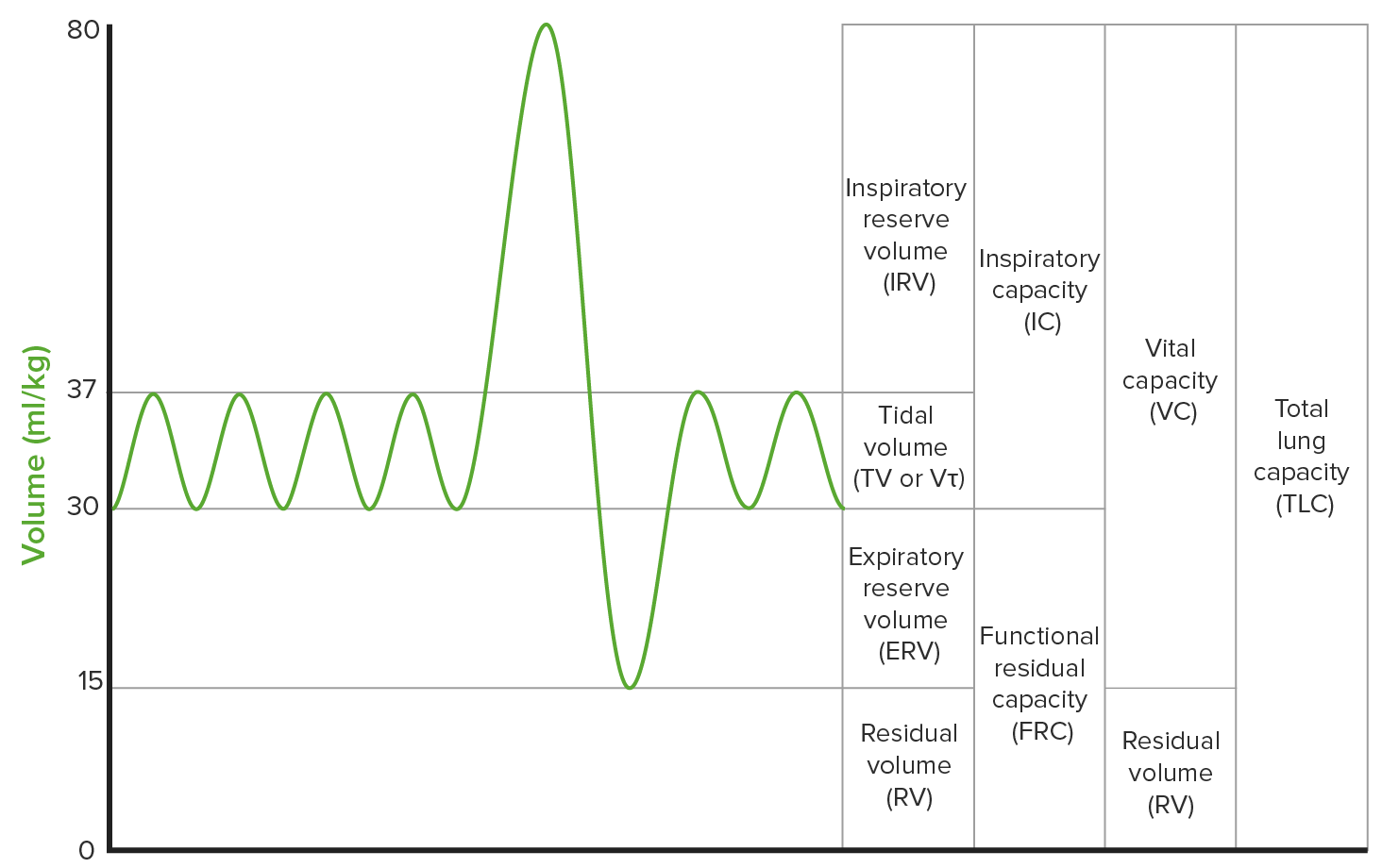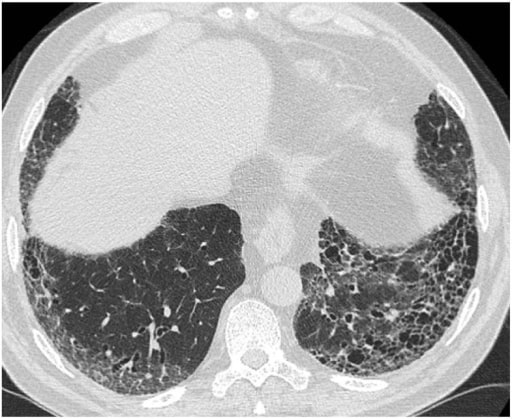Playlist
Show Playlist
Hide Playlist
Idiopathic Interstitial Pneumonias (IIP)
-
Slides RestrictiveLungDisease RespiratoryPathology.pdf
-
Reference List Pathology.pdf
-
Download Lecture Overview
00:00 Okay so let’s take a look at diffused lung disease and with this we’ll take a look at what’s known as idiopathic and with idiopathic here’s some important differentials we'll walk through. And we have idiopathic pulmonary fibrosis and that would be the clinical diagnosis. So now you want to get in the habit as you go through this table, where you’re looking at two patterns. What's my clinical diagnosis and then therefore, as a pathologist the pattern that we would then utilize. Idiopathic pulmonary fibrosis, pathologic pattern is referred to as being your usual interstitial pneumonia. Next, if it’s a desquamating type it would be called desquamating in pathology. If it’s a respiratory type of bronchiolitis then with this you should be thinking about smoking. Acute interstitial pneumonia. Well, this one’s big for you. This is called diffused alveolar damage in pathology. In other words let’s say that your patient has something like you might have known originally something called hyaline membrane disease. Or maybe acute respiratory distress syndrome. 01:11 And in some of these instances what happens? Well then you might have damage to the alveoli, where you might have hyaline thickening and you also have diffused alveolar damage. 01:22 Acute interstitial pneumonia. Nonspecific, let’s mention that here. And then cryptogenic. 01:30 And with cryptogenic, often referred to as being BOOP, which is your bronchiolitis obliterans organizing pneumonia, okay? Say it, BOOP.
About the Lecture
The lecture Idiopathic Interstitial Pneumonias (IIP) by Carlo Raj, MD is from the course Restrictive Lung Disease.
Included Quiz Questions
Which of the following is not a diffuse parenchymal lung disease?
- Histoplasmosis
- Idiopathic interstitial pneumonia
- Lymphangiomyomatosis
- Histiocytosis X
- Eosinophilic pneumonia
Which of the following is an acute fibrosing type of idiopathic interstitial pneumonia?
- Cryptogenic organizing pneumonia
- Desquamating interstitial pneumonia
- Idiopathic pulmonary fibrosis
- Idiopathic nonspecific interstitial pneumonia
- Respiratory bronchiolitis interstitial lung disease
Which of the following conditions have smoking as their primary etiological factor?
- All of the above.
- Carcinoma of the lung
- Centrilobular emphysema
- Desquamating interstitial pneumonia
- Respiratory bronchiolitis interstitial lung disease
Diffuse alveolar damage is seen in which of the following conditions?
- Acute interstitial pneumonia
- Idiopathic pulmonary fibrosis
- Desquamative interstitial pneumonia
- Respiratory bronchiolitis interstitial lung disease
- Bronchiolitis obliterans organizing pneumonia
Customer reviews
5,0 of 5 stars
| 5 Stars |
|
5 |
| 4 Stars |
|
0 |
| 3 Stars |
|
0 |
| 2 Stars |
|
0 |
| 1 Star |
|
0 |





